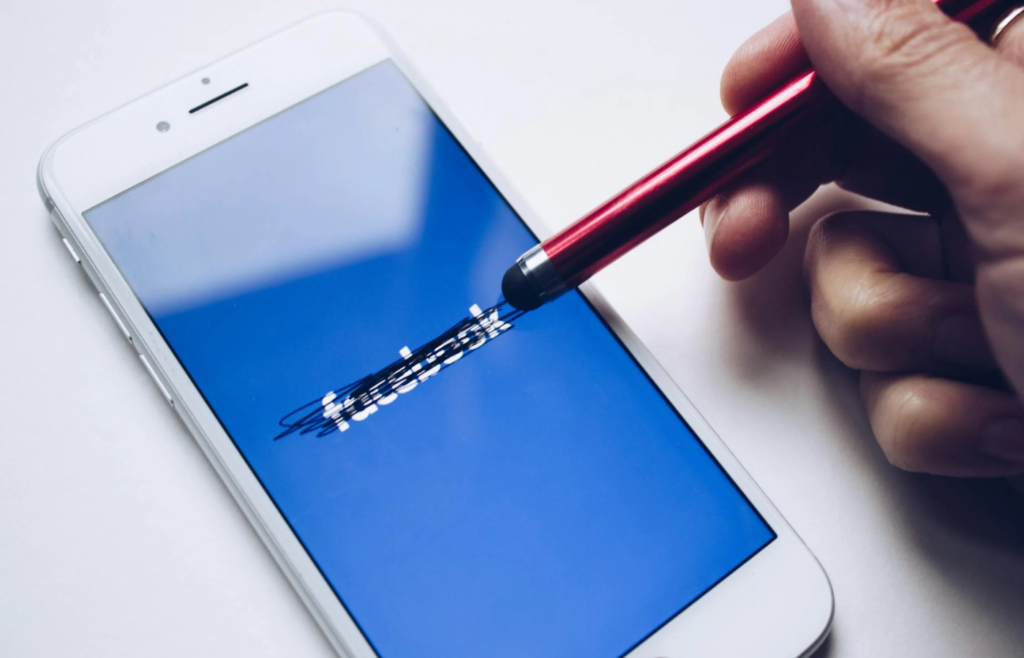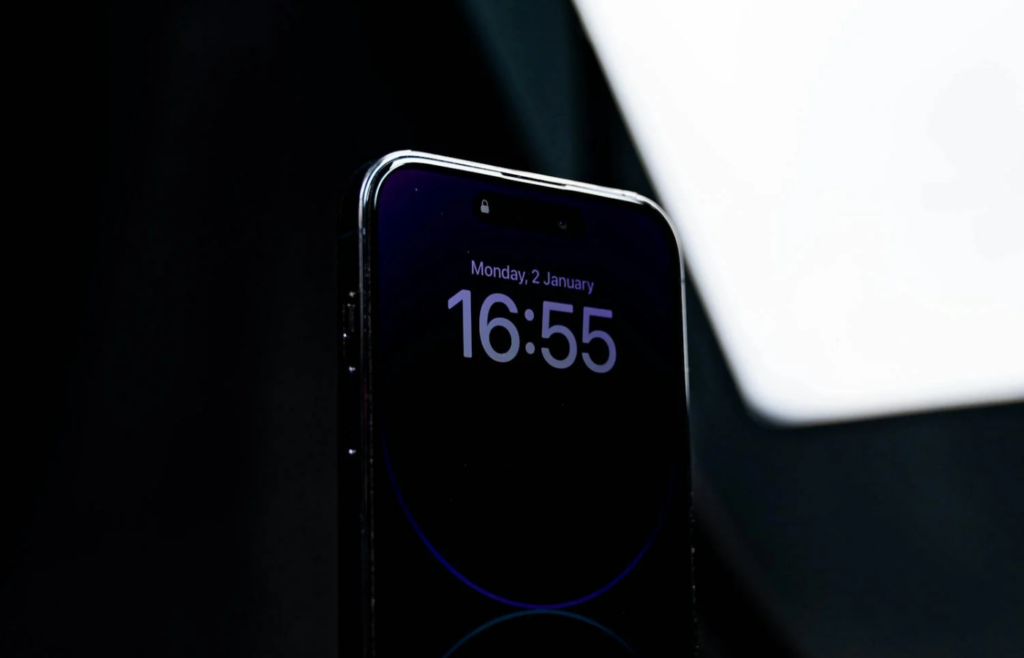Technology has become a constant presence in our lives, often blurring the lines between work and personal time. While it offers many conveniences, it can also lead to stress and burnout if not managed properly.
Setting clear digital boundaries is essential for maintaining mental well-being and ensuring that technology serves us, rather than controls us. Here are ten practical boundaries to consider implementing in 2025.
1. Establish Tech-Free Zones at Home

Designate specific areas in your home, such as the dining room or bedrooms, as tech-free zones. This encourages face-to-face interactions and helps everyone unplug during important family moments.
2. Set Specific “Do Not Disturb” Hours

Define certain hours each day when notifications are silenced, allowing for uninterrupted personal time. This can improve sleep quality and reduce stress levels.
3. Limit Social Media Usage

Allocate specific times for checking social media, and avoid mindless scrolling. This helps prevent the negative effects of social comparison and information overload.
4. Use Technology to Enforce Boundaries

Utilize built-in features like screen time trackers and app limits to monitor and control your digital consumption. These tools can provide insights into usage patterns and help maintain balance.
5. Schedule Regular Digital Detoxes

Plan periodic breaks from all digital devices to reconnect with the physical world. Even short detoxes can refresh your mind and improve overall well-being.
6. Communicate Boundaries with Others

Clearly express your digital boundaries to friends, family, and coworkers. Setting expectations helps others respect your need for uninterrupted time.
7. Avoid Multitasking with Devices

Focus on one task at a time instead of juggling multiple digital activities. This enhances productivity and reduces mental fatigue.
8. Create a Family Media Agreement

Develop a set of guidelines with your family regarding acceptable technology use. This promotes accountability and ensures everyone is on the same page.
9. Prioritize Face-to-Face Interactions

Make a conscious effort to engage in in-person conversations without the interference of devices. This strengthens relationships and fosters deeper connections.
10. Reflect on Your Digital Habits Regularly

Take time to assess your technology use and its impact on your life. Regular reflection can help identify areas for improvement and reinforce positive habits.
Implementing these digital boundaries can lead to a more balanced and fulfilling life. By taking control of your technology use, you create space for meaningful experiences and personal growth.


